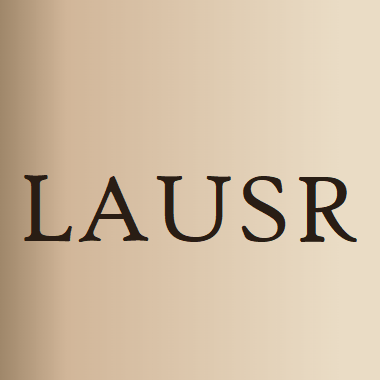
Frequency-dependent magnetization characteristics potentially promote magnetic nanoparticles as prominent nanotracers for tomographic imaging. Owing to fast Neel dynamics relative to Brownian rotation of colloidal magnetic nanoparticles, we can demonstrate a… Click to show full abstract
Frequency-dependent magnetization characteristics potentially promote magnetic nanoparticles as prominent nanotracers for tomographic imaging. Owing to fast Neel dynamics relative to Brownian rotation of colloidal magnetic nanoparticles, we can demonstrate a two-dimensional image reconstruction from the Neel and Brownian relaxation responses modulated by external oscillatory field bursts with two distinctive frequencies. To realize a micrometer-scale resolution, a field-free-point (FFP) is manipulated to move in a dense Lissajous trajectory by low-frequency perpendicular sinusoidal fields across a steep field gradient between two permanent magnets. Instead of directly recording the resulting harmonic responses, we use an orthogonal high-frequency field to probe the time-varying FFP movement coupled with the moment relaxation. The proposed method achieves high spatial resolution, irrespective of the nonlinearity of the magnetization response, making it practical for bioanalytical imaging of cells and small animal models.Frequency-dependent magnetization characteristics potentially promote magnetic nanoparticles as prominent nanotracers for tomographic imaging. Owing to fast Neel dynamics relative to Brownian rotation of colloidal magnetic nanoparticles, we can demonstrate a two-dimensional image reconstruction from the Neel and Brownian relaxation responses modulated by external oscillatory field bursts with two distinctive frequencies. To realize a micrometer-scale resolution, a field-free-point (FFP) is manipulated to move in a dense Lissajous trajectory by low-frequency perpendicular sinusoidal fields across a steep field gradient between two permanent magnets. Instead of directly recording the resulting harmonic responses, we use an orthogonal high-frequency field to probe the time-varying FFP movement coupled with the moment relaxation. The proposed method achieves high spatial resolution, irrespective of the nonlinearity of the magnetization response, making it practical for bioanalytical imaging of cells and small...
Journal Title: Applied Physics Letters
Year Published: 2019
Link to full text (if available)
Share on Social Media: Sign Up to like & get
recommendations!